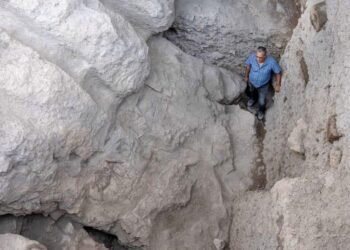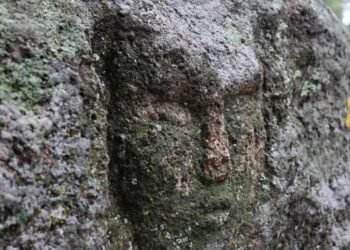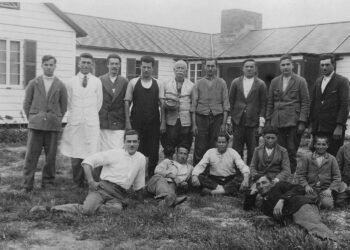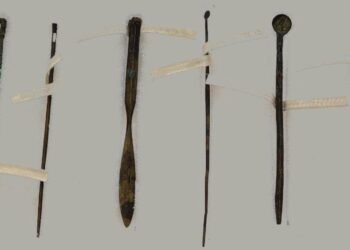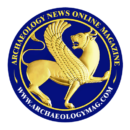Archaeometry is an interdisciplinary field that combines principles from archaeology and various scientific disciplines, such as physics, chemistry, geology, and materials science.
It involves the application of scientific methods and techniques to analyze archaeological materials and artifacts. The goal of archaeometry is to gain more information about the composition, origin, dating, and technological aspects of archaeological objects.

Archaeometry encompasses a wide range of analytical methods and approaches, including:
Dating
One of the fundamental applications of archaeometry is establishing accurate chronologies and dating archaeological sites and artifacts. Dating techniques help archaeologists sequence events and understand the temporal context of ancient societies.
Radiocarbon Dating: This method uses the decay of radioactive carbon isotopes in organic materials to determine their age. Radiocarbon dating is crucial for establishing chronological frameworks for archaeological sites and events.
Luminescence Dating: Luminescence dating measures the amount of trapped electrons in minerals like quartz and feldspar, which can provide estimates of the time elapsed since the minerals were last exposed to sunlight or heat.
Archaeomagnetic Dating: Archaeomagnetism involves studying the Earth’s magnetic field recorded in archaeological materials to date them and understand past geomagnetic changes.
Thermoluminescence Dating: This method estimates the time since crystalline minerals were last exposed to heat or sunlight by measuring the emitted light when the minerals are heated.
Dendrochronology: By analyzing tree rings in wooden artifacts and structures, dendrochronologists can establish precise dating sequences and reconstruct past environmental conditions.

Isotopic and geochemical analyses of human remains and archaeological materials can trace the movement and migration of individuals and groups across different regions, contributing to our understanding of ancient population movements.
Stable Isotope Analysis: This technique examines the ratios of stable isotopes (e.g., carbon, nitrogen, oxygen) in materials like bones, teeth, and shells, providing information about diet, mobility, and environmental conditions. It helps researchers understand dietary choices, food availability, and health status of ancient populations.
Strontium Isotope Analysis: Strontium isotopes in teeth and bones can indicate the geographical origin and movement of individuals in ancient populations.

The scope of archaeometry also encompasses material analysis of a variety of artifacts, encompassing pottery, metals, glass, and pigments. Elemental analyses reveal the sources of raw materials used in artifact production. It helps determine the geographical origin of materials and artifacts, shedding light on trade routes, exchange networks, and interactions between different regions and cultures.
X-Ray Fluorescence (XRF): XRF analysis determines the elemental composition of materials by measuring the characteristic X-rays emitted when a sample is bombarded with X-rays.
Scanning Electron Microscopy (SEM) and Microscopy Techniques: These methods allow researchers to examine the surface morphology and microstructure of archaeological materials, aiding in the identification of manufacturing techniques and technological changes.
Mass Spectrometry: Mass spectrometry can be used to analyze isotopes and trace elements in materials, providing information about their composition and provenance.
Furthermore, Studying environmental indicators found in archaeological contexts, such as pollen, plant remains, and sediments, allows archaeologists to reconstruct past landscapes, climates, and ecosystems.
Overall, archaeometry is a continually evolving and dynamic field. This interdisciplinary approach enhances the accuracy and depth of archaeological research, enabling researchers to reconstruct the past with greater accuracy and nuance. This field’s multidisciplinary nature ensures that it will remain a vital component of archaeological research for years to come.

